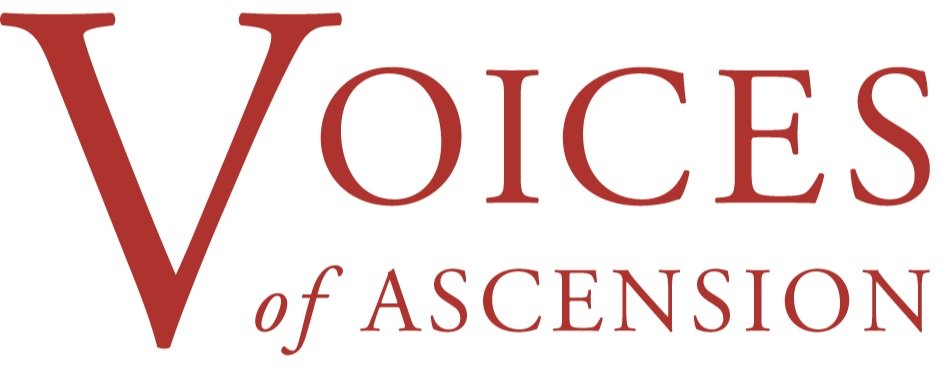rome & the Renaissance
Tuesday February 4, 2025 @ 7:30 pm
Church of the Ascension
36 Fifth Avenue at Tenth St
New York, NY 10011
Motets and Masses by Palestrina, Tomás Luis de Victoria, Antonio Lotti, and more
Along with Byrd and Lassus, Giovanni Pierluigi da Palestrina today is considered one of the three great masters of the late Renaissance. Although he composed many secular madrigals, the bulk of his vast output of compositions are sacred choral works. The complete works of Palestrina number somewhere around 1,000 pieces. That includes around 300 motets and offertories. Today the complete works are published in 77 volumes.
Although music historians are not entirely certain, it seems likely that Palestrina was born in 1525 in a town near Rome named Palestrina (“da Palestrina” means “from Palestrina”). His musical training took place at the great Roman basilica Santa Maria Maggiore, where he was a choirboy. At the age of nineteen he was appointed organist of the cathedral in the town of Palestrina. There he played the organ and taught music to the choirboys and the canons of the cathedral. In 1547 he married Lucrezia Gori who bore him three children. As luck would have it, the Bishop at the cathedral (by the name of Cardinal del Monte) was elected Pope in 1550. He had come to admire greatly the young composer during his years in Palestrina, and now, as Pope Julius III, he brought Palestrina to Rome to become the maestro of the Cappella Giulia, one of the two prestigious musical establishments of St. Peter’s - the other being the Sistine Chapel Choir.
Born in the Spanish town of Ávila in 1548, Tomás Luis de Victoria began his studies there and played the organ at a very early age. Around 1565 he moved to Rome to further his studies and career. Perhaps he was a student of Palestrina - certainly he knew him and came under his influence. Victoria’s compositional techniques became more sophisticated than his Spanish contemporaries, no doubt due to this influence. Victoria also was ordained a priest, and this was very significant to him.
Victoria was a deeply religious man and wrote only sacred music in a period where most of the great composers spent a portion of their careers writing secular madrigals and instrumental music. Furthermore, during certain periods of his life Victoria worked primarily as a priest in non-musical roles. The combination of technical compositional sophistication and deep, rich, Spanish musical mysticism place Victoria in a special category quite his own.
PROGRAM TO INCLUDE:
Crucifixus, by Antonio Lotti (ca. 1167 - 1740)
Tenebrae Factae Sunt, by Marc'Antonio Ingegneri (c. 1535 - 1592)
By Tomás Luis de Victoria (1547 - 1611):
O Vos Omnes, Selections from Missa O Quam Gloriosum, Genitori Genitoque, Regina Coeli, Vere languores, Pueri Hebreorum
By Giovanni Pierluigi da Palestrina (1525 - 1594):
Sicut cervus, Canite tuba, Exultate Deo, Peccantem me quotidie, Dum complerentur, Stabat Mater (for two choirs), Exaltabo te, Super flumina Babilonis, Tu es Petrus, Ascendo ad Patrem
Other Concerts in our 2024-25 Season












